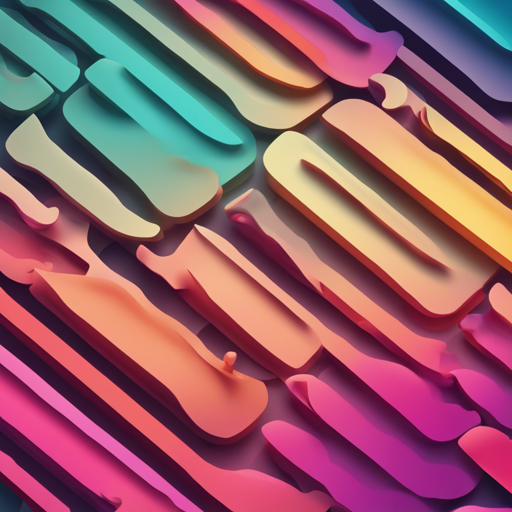Welcome to the vibrant world of uiGradients! This community-driven project offers a stunning collection of multi-color gradients that can ignite creativity in your design projects. Whether you’re a seasoned developer or a design enthusiast, adding your gradient to this collection is a breeze. In this guide, we’ll walk you through the steps of contributing your unique gradients to the uiGradients library!
About uiGradients
uiGradients is a collaborative project aimed at creating a repository of beautiful gradients that can be used effortlessly by the community. The gradients are stored in a JSON file, making it easy to contribute and retrieve gradient data.
How to Contribute Your Gradient
Ready to infuse your creativity into uiGradients? Follow these easy steps to add your gradient:
- Fork the Repository: First, you’ll need to create your own copy of the uiGradients repository. Head over to the GitHub page and click on ‘Fork’.
- Edit the gradients.json file: Open the
gradients.jsonfile located in the root directory. Here, you can add your gradient color options in HEX format. - Format Your Gradient: Add your gradient in the following format:
- Submit a Pull Request: Once you’re done editing, submit a pull request with your changes. Ensure you keep submissions and bug fixes in separate requests!
[...,
{ name: "Your Gradient Name", colors: ["#HEXCODE1", "#HEXCODE2"] }
]Example of Adding a Gradient
Let’s imagine your gradient is like a delicious recipe. Each color is an ingredient that adds its unique flavor. When mixing colors, think about how they’ll blend together. For instance, if you want to create a gradient named “Career”, you might write:
{
name: "Career",
colors: ["#cb202d", "#dc1e28", "#3366cc"]
}Just like adding spices to a dish, make sure to get your syntax right—don’t forget the commas!
Troubleshooting Tips
If you encounter any issues while contributing your gradient or if something doesn’t look right, here are a few troubleshooting suggestions:
- Check JSON Format: Ensure your gradient syntax is correct. Pay attention to commas and brackets.
- Forking Issues: If you’re having trouble forking the repository, double-check your GitHub account settings.
- Pull Request Problems: Make sure your pull request is submitted from the correct branch.
- Gradients Not Showing: If your gradient doesn’t show up, verify that the JSON file updates properly and no merge issues occurred.
For more insights, updates, or to collaborate on AI development projects, stay connected with fxis.ai.
Improvements and Bugs
If you have suggestions or discover any bugs, don’t hesitate to open a new issue on the GitHub issues page. Your feedback is invaluable in enhancing this vibrant project!
Conclusion
At fxis.ai, we believe that such advancements are crucial for the future of AI, as they enable more comprehensive and effective solutions. Our team is continually exploring new methodologies to push the envelope in artificial intelligence, ensuring that our clients benefit from the latest technological innovations.
Now that you’re equipped with all the information, it’s time to get creative and share your unique gradients with the world! Happy contributing!

